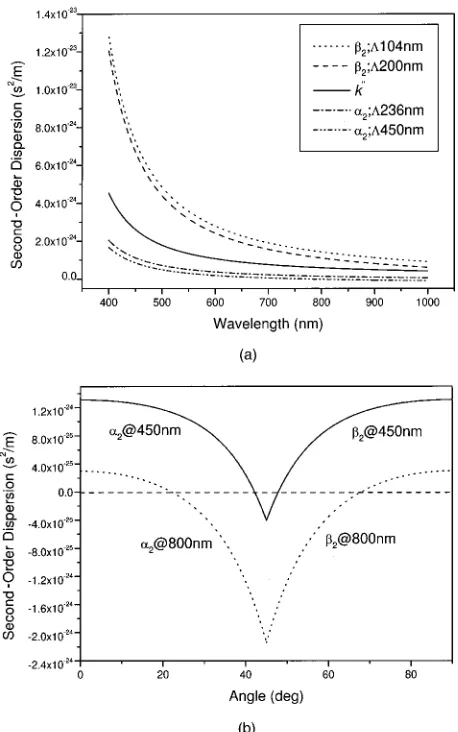Compression and broadening of phase conjugate pulses in photorefractive self pumped phase conjugator
8
0
0
Full text
Figure




+2
Related documents
